Archaeologists recently uncovered more than 200 bodies beneath the basement of a Paris supermarket. The skeletons were part of the cemetery adjoining a Medieval hospital. Though it's not clear exaclty how these people died, the new discovery could shed light on how people in the Middle Ages were buried during a mass crisis, such as an epidemic or famine [Read the full story on the skeletons.] (Photo Credit: Copyright Denis Gliksman Inrap)
Supermarket cellar
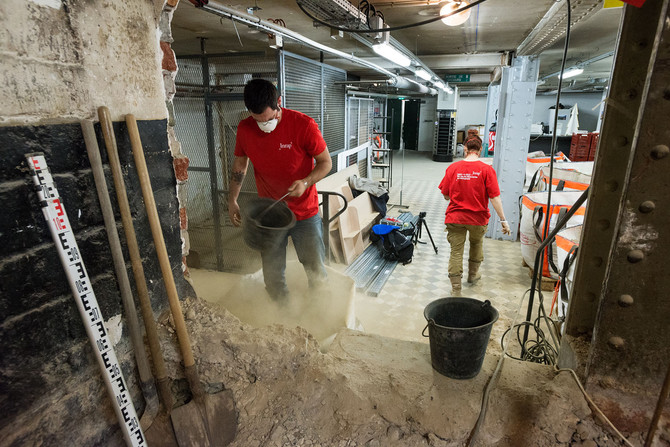
The burial pits were uncovered during routine renovations to the basement of the Monoprix Reaumeur Sebastopol supermarket, which is located in the second arrondissement neighborhood of Paris. While lowering the floor of the basement, workers uncovered the find.
Ancient hospital
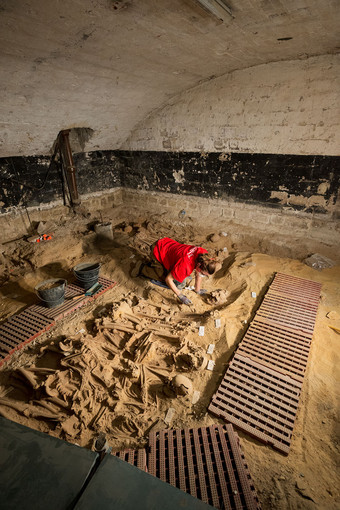
The burials were likely part of a cemetery that belonged to the Trinity Hospital, an ancient hospital founded by two German noblemen. The hospital was opened in 1202 and the cemetery was in place by 1353. In its nearly 600 years of existence, the site was a place of hospitality for pilgrims, a hospital and hospice, an apprenticeship training site, and a stable. Here, burials in the second room are slowly revealed.
Black Death
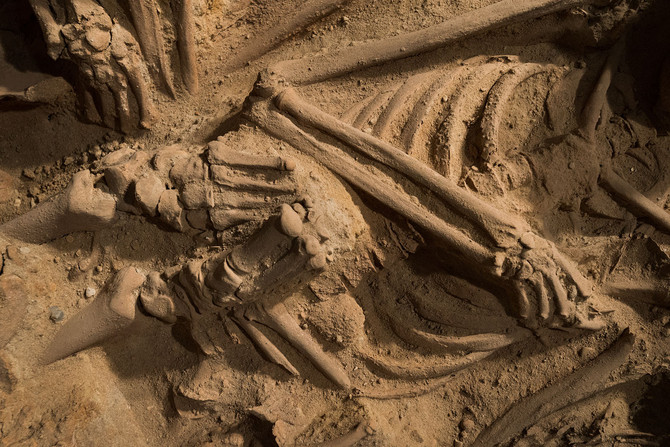
Trinity Hospital operated during the height of the 'Black Death,' a horrifying period of European history when at least 75 million people died. Most researchers now believe the Black Death was caused by bubonic plague that was harbored in rodents, and originated in Central Asia. Here, a close-up view of one of the skeletons discovered; the feet of one body overlap the torso of another.
Sign up for the Live Science daily newsletter now
Get the world’s most fascinating discoveries delivered straight to your inbox.
Burial pits
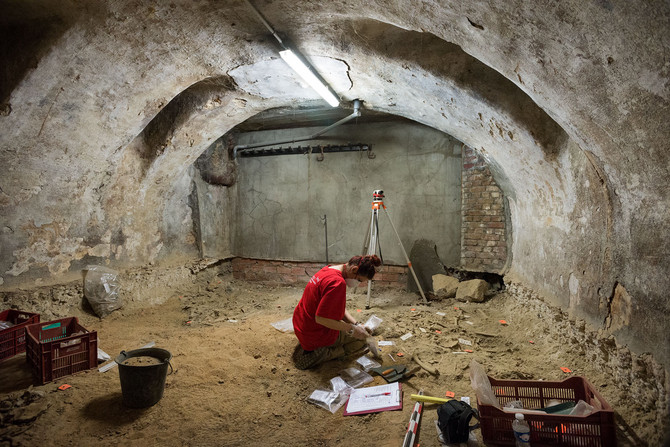
In all, the team found eight mass burials at the site. Seven of those burials contained between five and 20 individuals, while an eighth contained more than 150 skeletons. Here, a view of one of the rooms where bodies were buried.
Huge toll
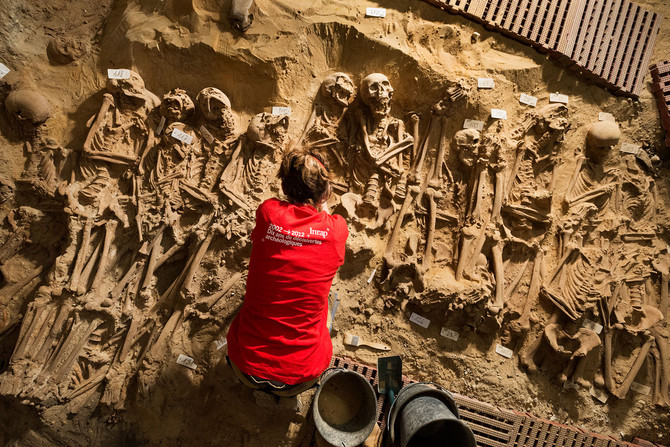
The bodies were neatly arranged head-to-toe in at least two layers. In one pit, there were so many bodies that the burial extended beyond the bounds of the excavation. The burials contained both men and women of all ages, including children.
Unknown cause
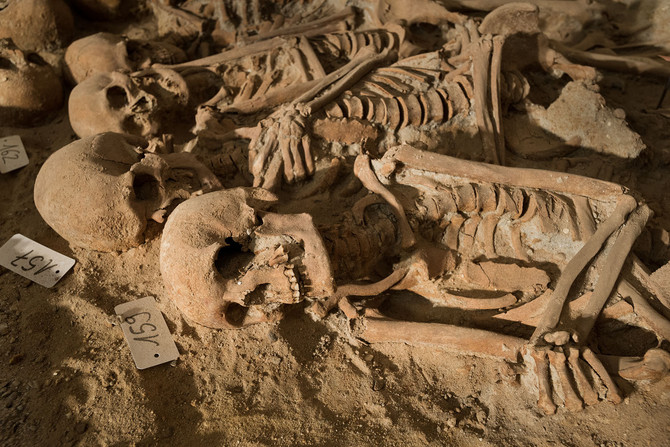
So far, the team hasn't found any obvious signs of injury or disease on the skeletons that would account for the mass graves. However, the team plans to do closer study of the skeletons, as well as dating them using radioactive carbon isotopes, or carbon with a different number of neutrons. Here, skeletons found in the fifth room lie neatly arranged.
Mystery revealed
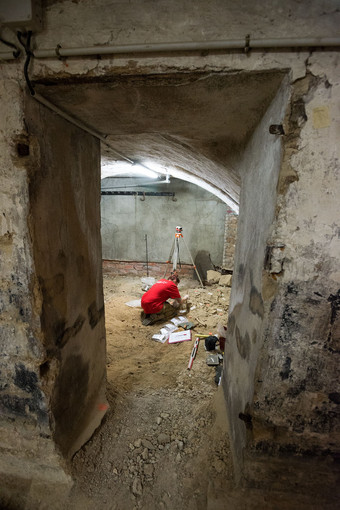
By combining that information with old historical texts and maps of the ancient city, researchers hope they can determine exactly why these people died. The grisly discovery could also reveal something about how the dead were buried during periods of mass crisis, such as epidemic and famine.
Follow Tia Ghose on Twitter and Google+. Follow LiveScience @livescience, Facebook & Google+. Originally published on Live Science.

Tia is the managing editor and was previously a senior writer for Live Science. Her work has appeared in Scientific American, Wired.com and other outlets. She holds a master's degree in bioengineering from the University of Washington, a graduate certificate in science writing from UC Santa Cruz and a bachelor's degree in mechanical engineering from the University of Texas at Austin. Tia was part of a team at the Milwaukee Journal Sentinel that published the Empty Cradles series on preterm births, which won multiple awards, including the 2012 Casey Medal for Meritorious Journalism.









